
Ecuador Animals
Follow the Trail of Wild Nature – Nature Tourism in Ecuador
Ecuador, a country known for its incredible biodiversity and stunning natural landscapes, is home to a fascinating array of wildlife. From the lush Amazon rainforest to the breathtaking Galápagos Islands, Ecuador offers a unique opportunity to encounter a wide variety of animal species in their natural habitats.
Embark on a journey through the diverse world of animals that call Ecuador home. Encounter the iconic Andean condor soaring through the skies, the elusive jaguar prowling the dense rainforest, and the vibrant red-eyed tree frog camouflaged among the foliage. Explore the Galápagos Islands and witness the famous giant tortoises, marine iguanas, and blue-footed boobies, each playing a vital role in the delicate island ecosystem. Whether you're a wildlife enthusiast or simply a curious traveler, Ecuador's rich tapestry of animal life is sure to captivate and inspire.
Mammals of Ecuador
Ecuador, a biodiverse sanctuary, is home to an array of fascinating mammals, including the iconic Andean spectacled bear, known for its distinctive facial markings and dependence on the cloud forests. In the lush Amazon basin, one might catch a glimpse of the elusive jaguar, the top predator of the rainforest, or hear the curious calls of capuchin monkeys as they forage through the canopy. The high-altitude páramo shelters the hardy mountain tapir, a relative of the rhinoceros, adapted to the cooler climate. Along the coast, humpback whales can be seen breaching during their migration, while the Galápagos Islands boast their unique fur seals, a testament to Ecuador's rich mammalian tapestry.
Birds of Ecuador
Ecuador, a birder's paradise, is home to an astonishing array of avian species, including the majestic Andean condor, with its impressive wingspan, soaring high above the Andean mountains. In the lush Amazon rainforest, one can spot the vibrant plumage of the macaws, particularly the scarlet macaw, adding splashes of color to the green canopy. The cloud forests harbor the resplendent Andean cock-of-the-rock, with its striking orange crest, a sight to behold for any nature enthusiast. Hummingbirds, such as the sparkling violet-ear, flit energetically from flower to flower in the high-altitude gardens. Ecuador's Galápagos Islands are also home to the unique blue-footed booby, whose blue feet are a whimsical highlight for visitors. Each of these species plays a vital role in Ecuador's rich and diverse ecosystems, making it a must-visit destination for birdwatchers worldwide.
Reptiles, Amphibians
Top Spots for Wildlife Observation in Ecuador
- Galápagos National Park, situated on the Galápagos Islands, is a treasure trove of unique wildlife. Here, you can encounter the famous Galápagos giant tortoises lumbering in their natural habitat, marine iguanas basking on volcanic rocks, and the Galápagos penguin, the only penguin species found north of the equator. The surrounding waters are also home to playful sea lions and a myriad of tropical fish.
- Yasuní National Park, located in the Amazonian region of Ecuador, is one of the most biodiverse areas in the world. Within its lush rainforests, visitors can spot jaguars prowling, howler monkeys calling from the treetops, and colorful macaws flying overhead. The park also provides a haven for tapirs, caimans, and the elusive Amazonian manatee.
- Cotopaxi National Park, named after the majestic Cotopaxi Volcano, offers a high-altitude haven for Andean wildlife. Here, you might catch a glimpse of the majestic Andean condor soaring above, herds of wild horses grazing on the páramo, or the rare Andean spectacled bear foraging in the underbrush.
- Cuyabeno Wildlife Reserve, another gem in the Amazon basin, is a labyrinth of waterways, swamps, and tropical forests. It's a paradise for birdwatchers, with over 500 bird species, including toucans, harpy eagles, and the prehistoric-looking hoatzin. Pink river dolphins and black caimans inhabit the reserve's rivers, while various monkey species can be seen leaping through the canopy.
- Machalilla National Park, along the Pacific coast, encompasses both marine and coastal environments. The park is home to humpback whales that migrate to its warm waters to breed and calve from June to September. On land, the dry tropical forest is a habitat for howler monkeys, ocelots, and the endemic Pacific royal flycatcher.
- Podocarpus National Park, in the southern Andes and part of the Amazon basin, is known as the "Botanical Garden of America." It's a hotspot for birdlife, including the colorful jocotoco antpitta, mountain toucans, and the bearded guan. Mammals such as the mountain tapir and spectacled bear also roam its cloud forests.
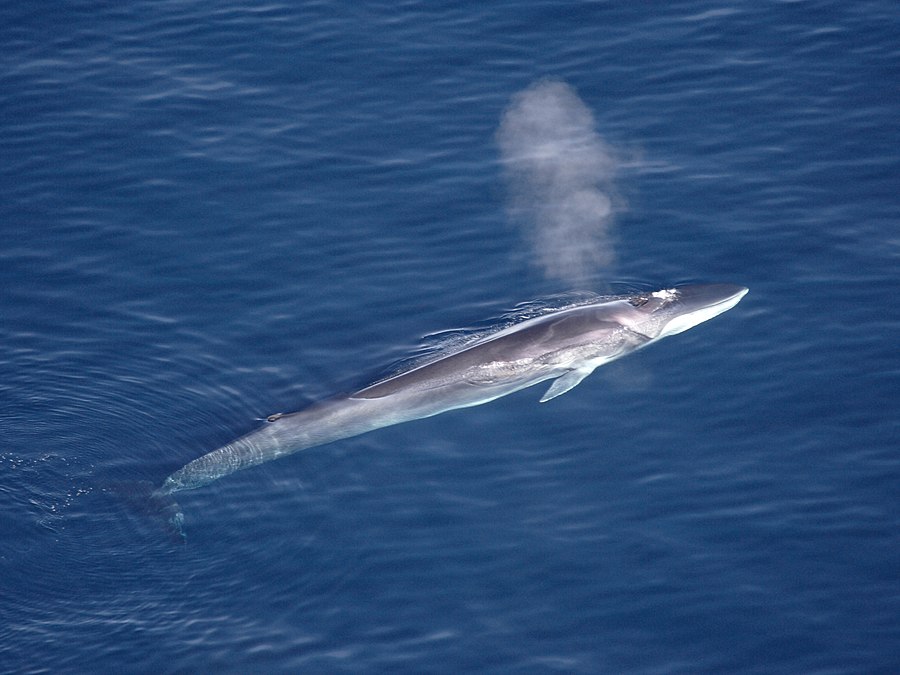
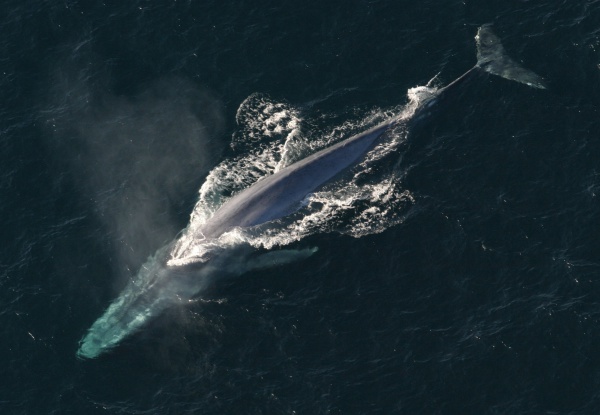
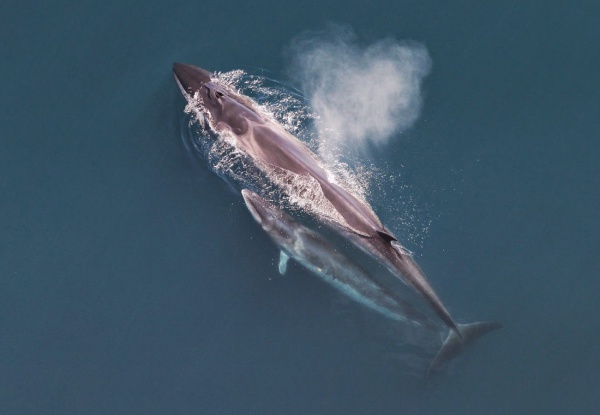
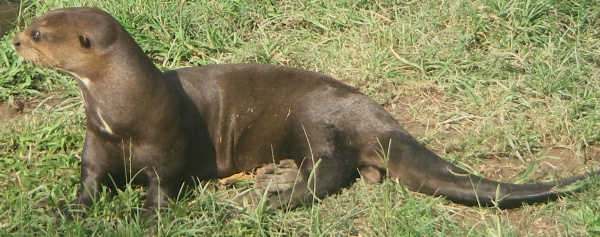
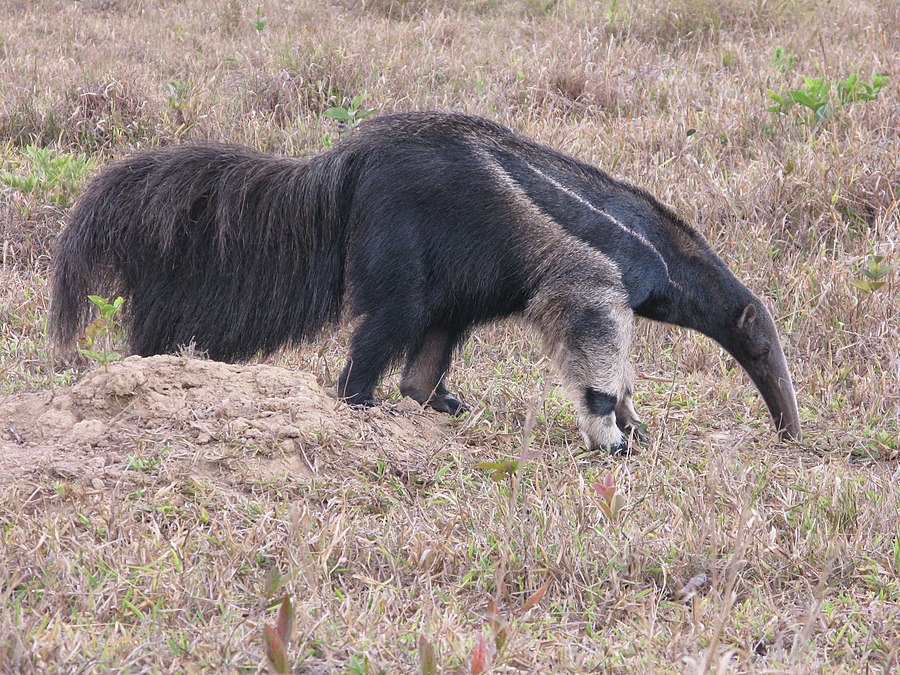
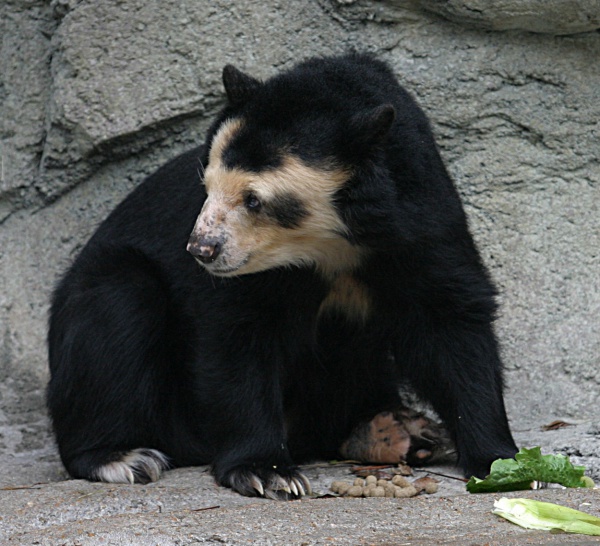
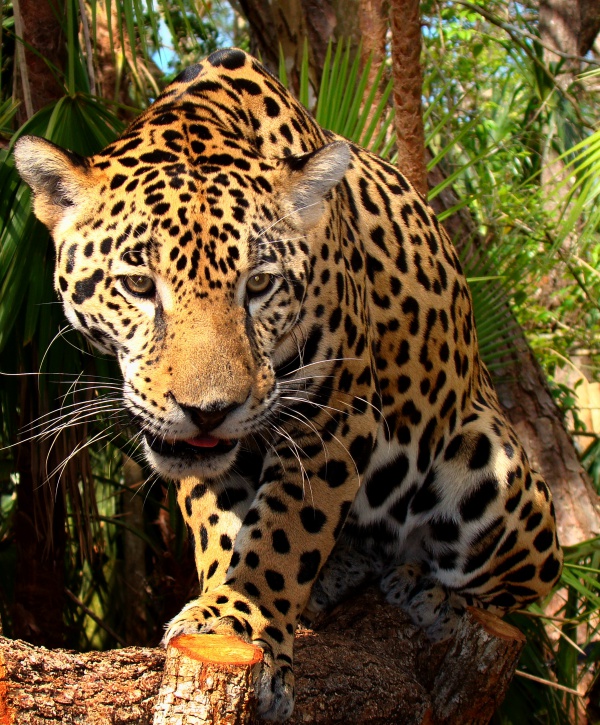
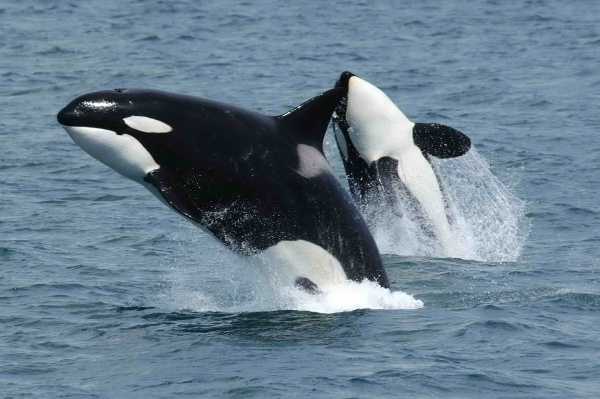
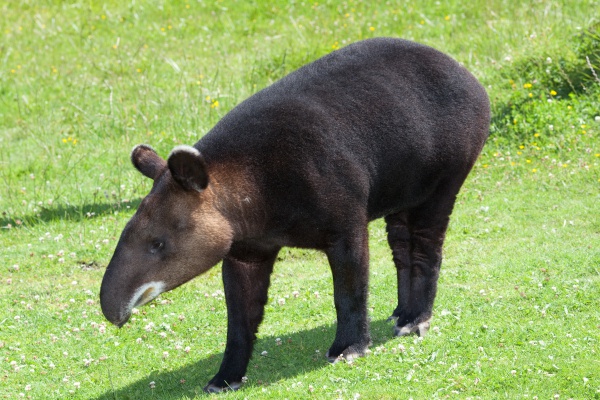
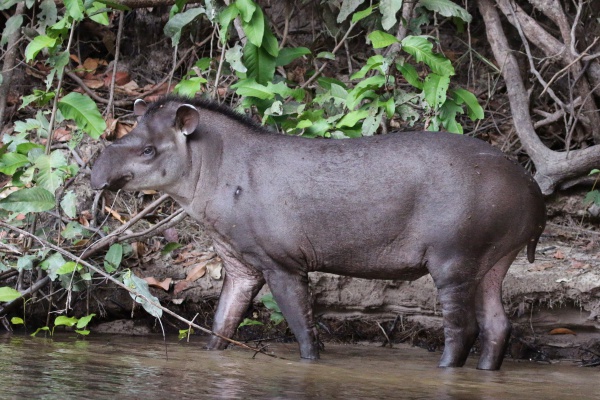
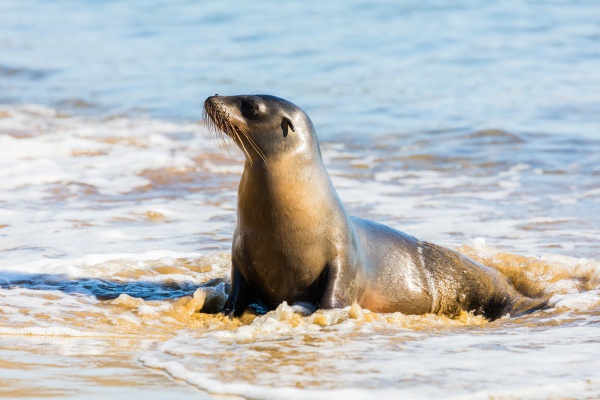
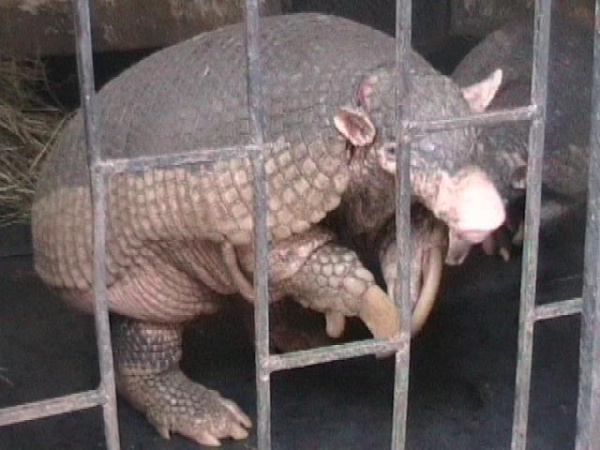
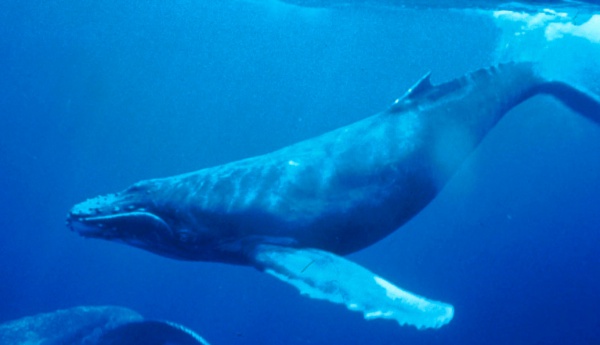
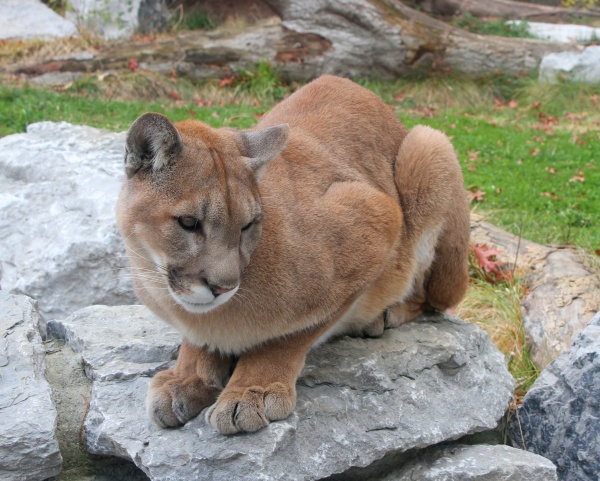
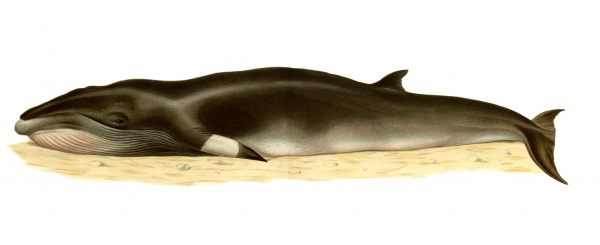
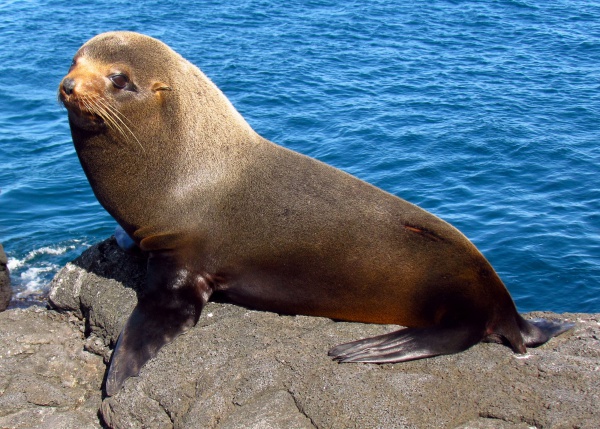
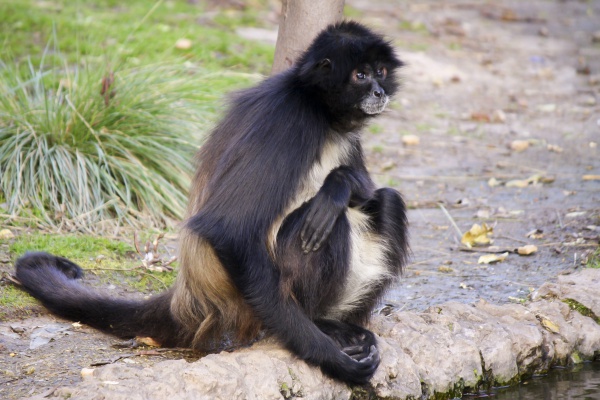
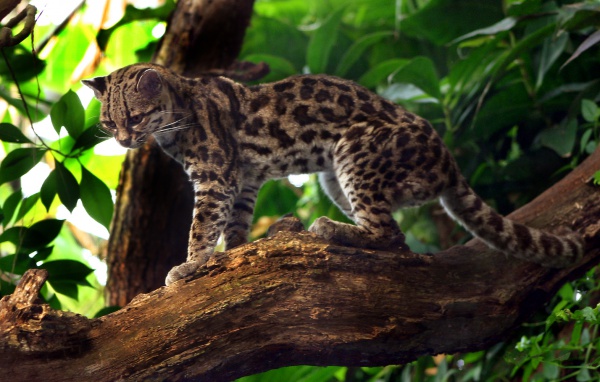
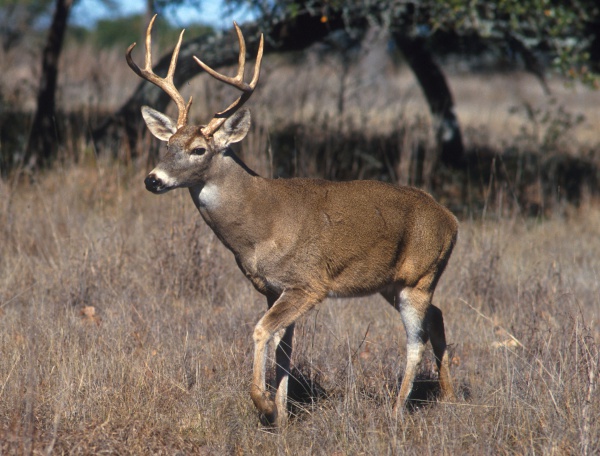
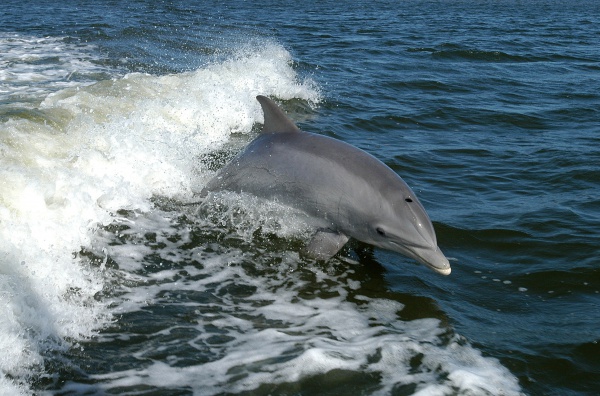
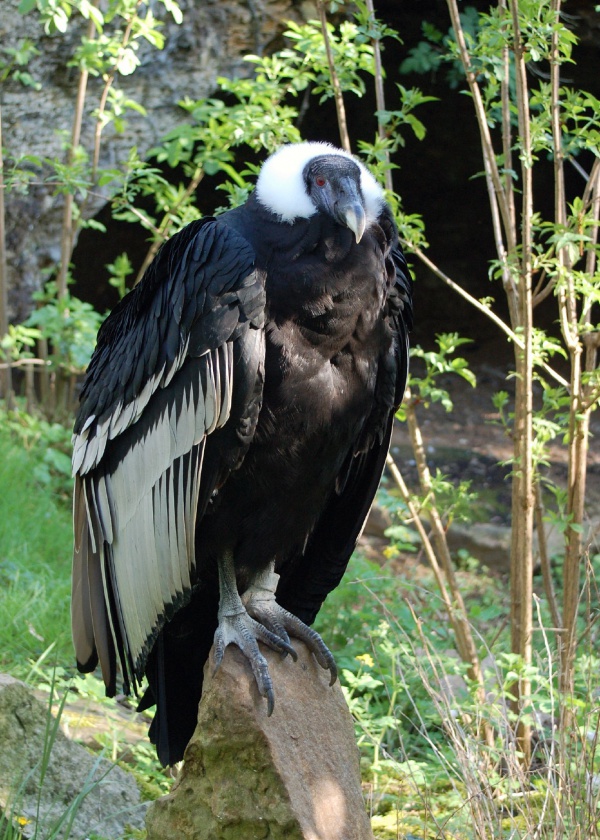
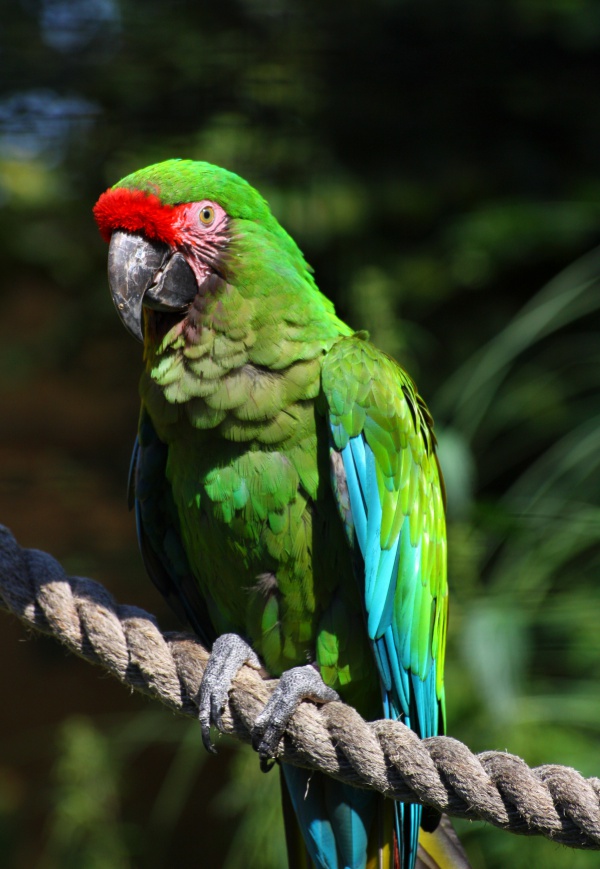
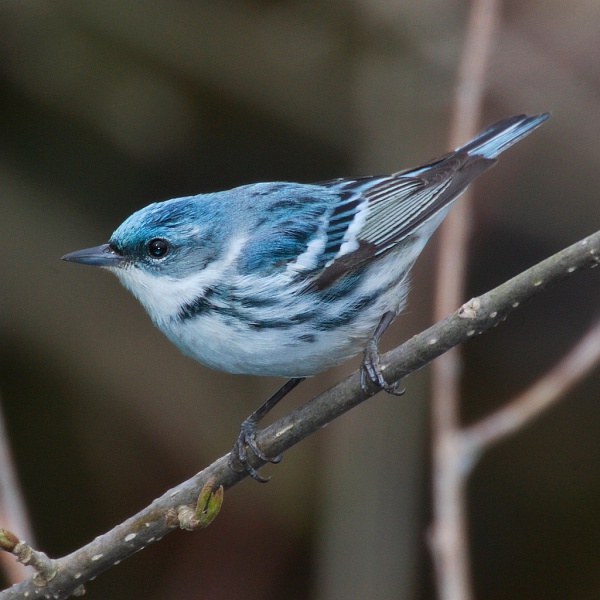
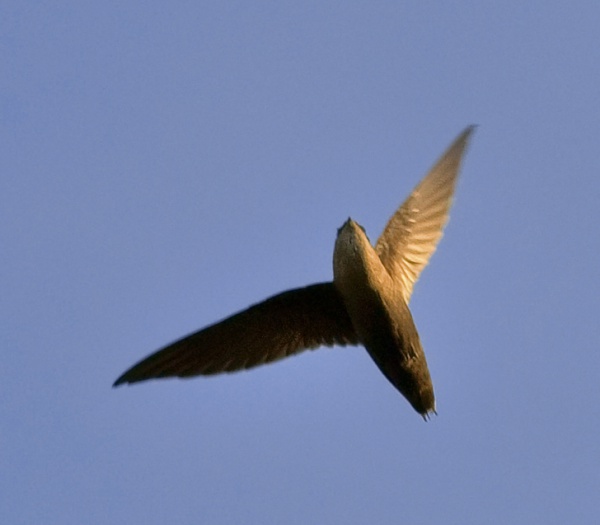
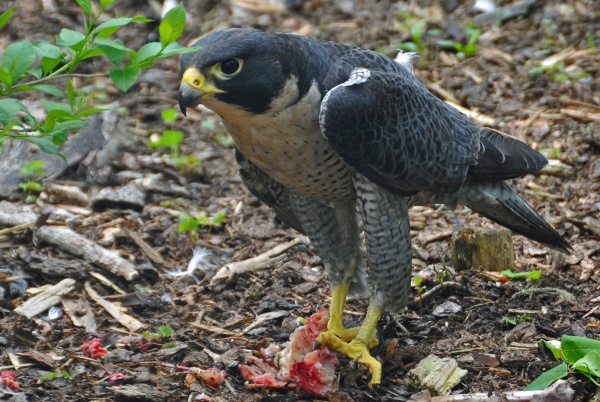
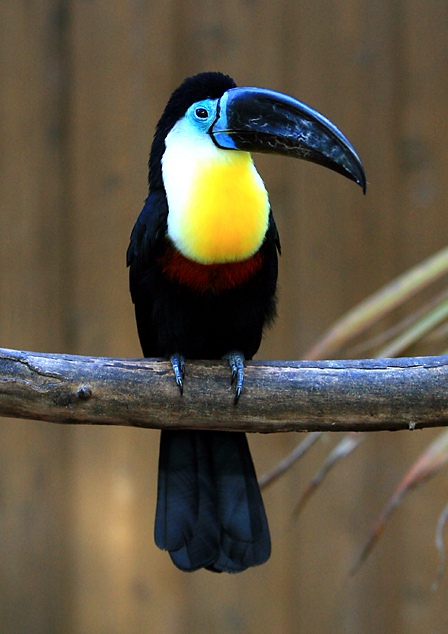
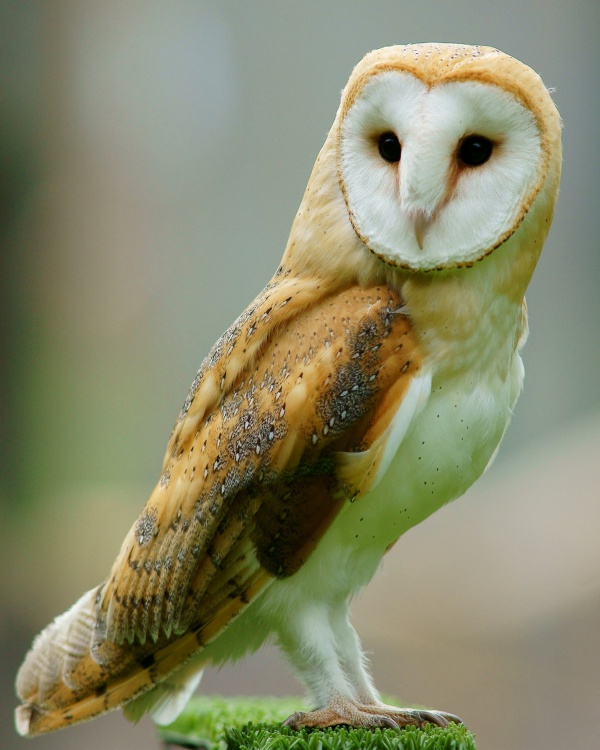
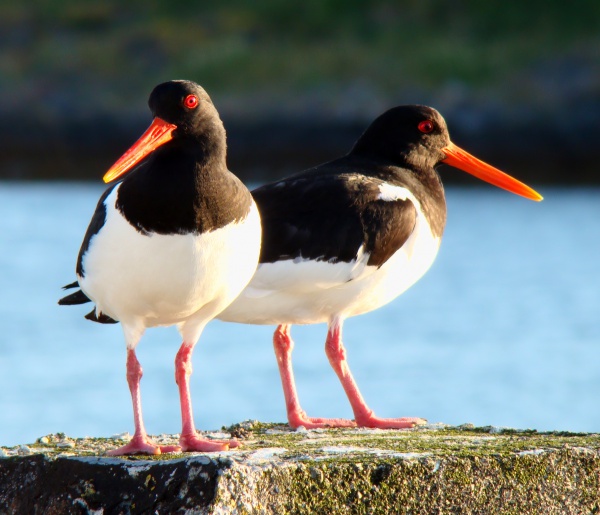
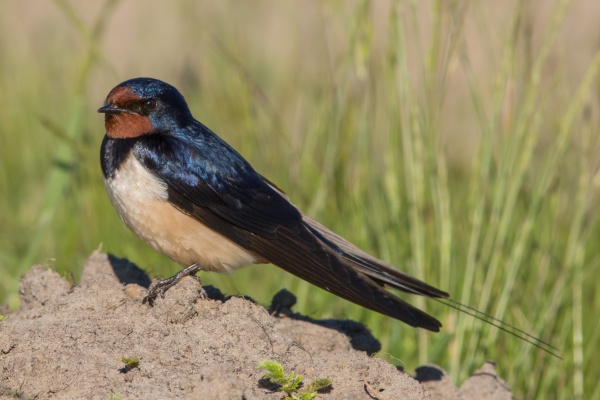
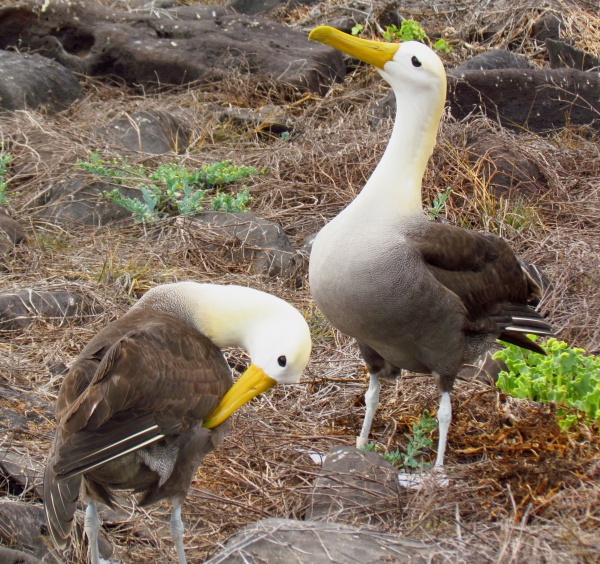
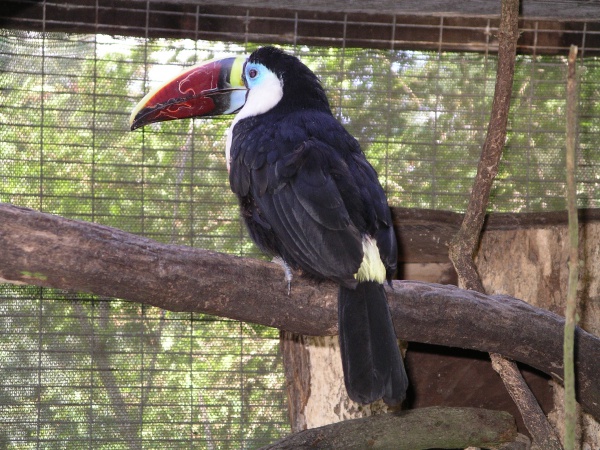
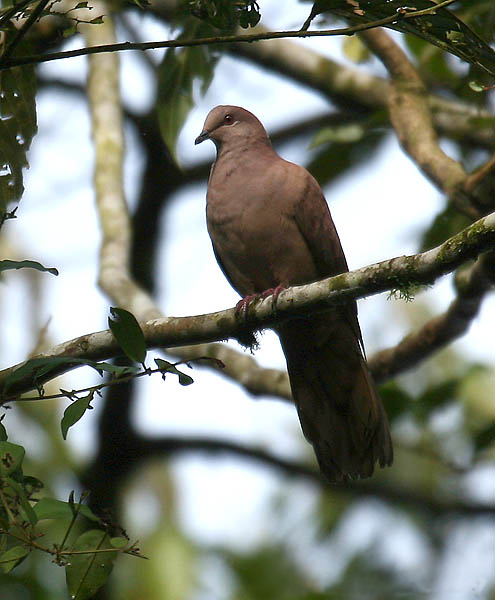
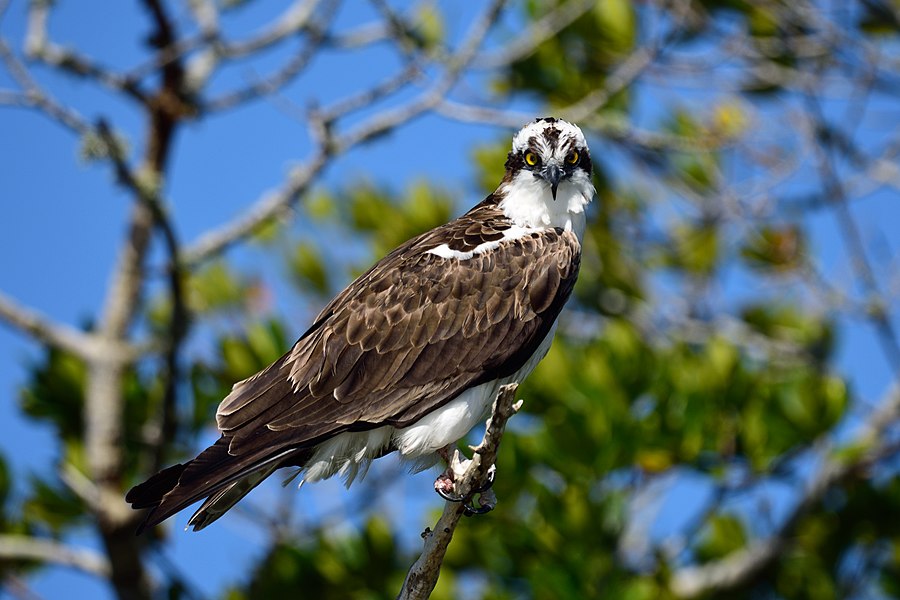
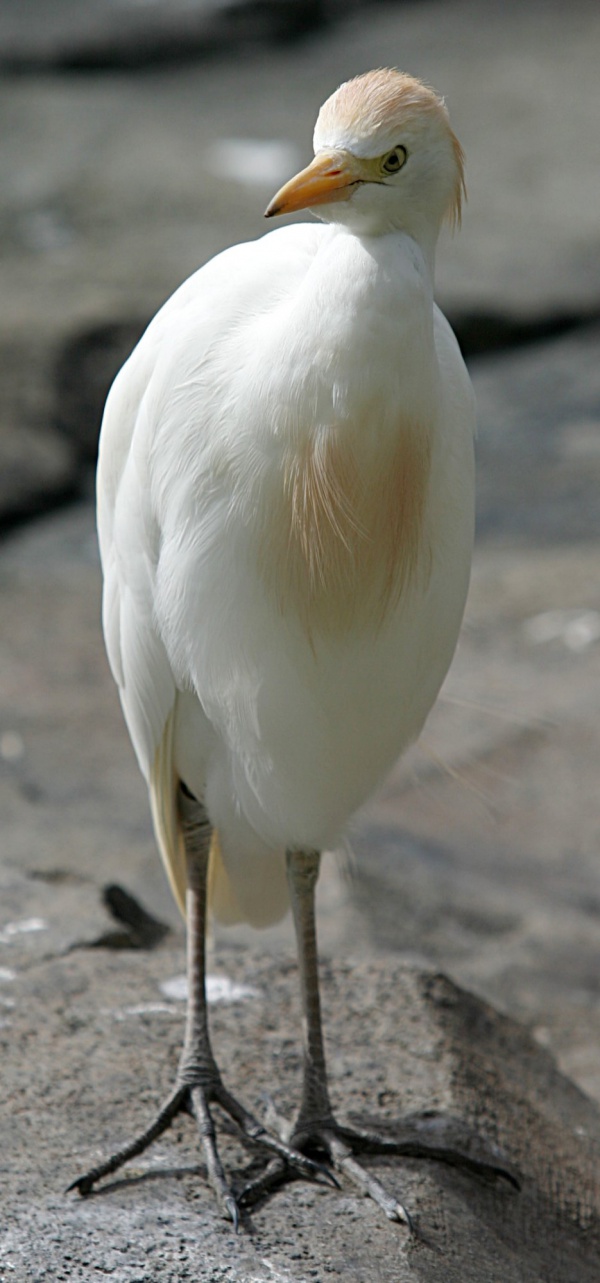
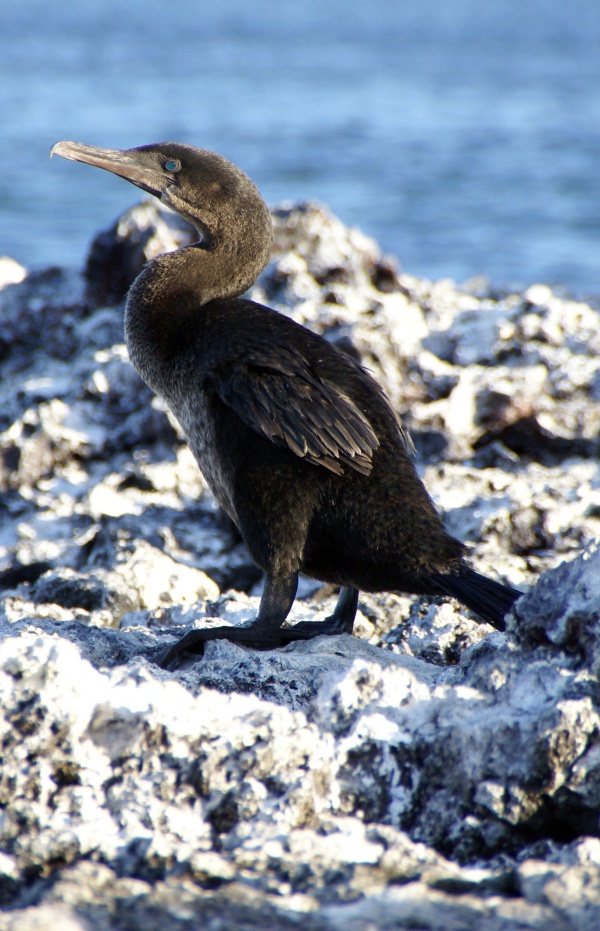
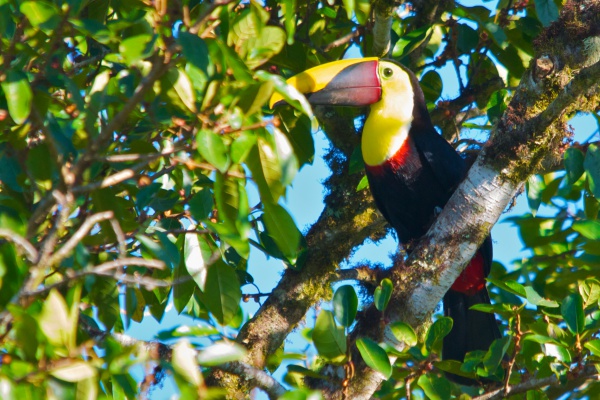
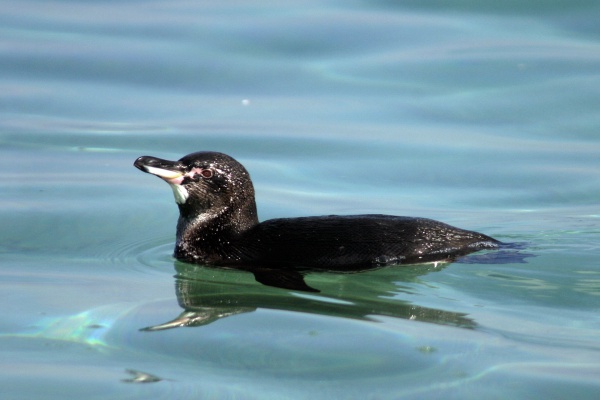
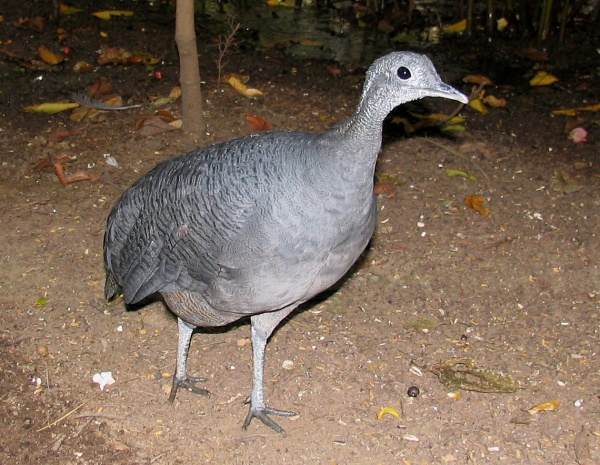
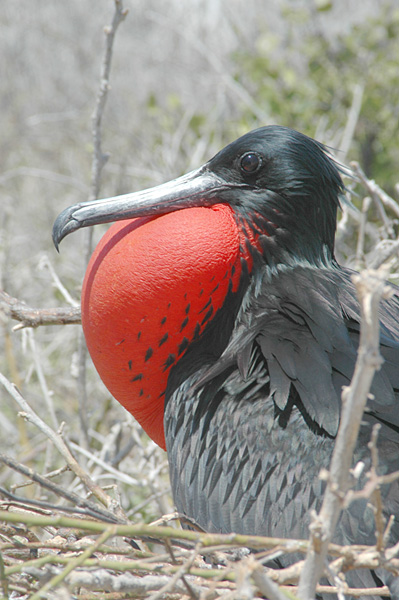
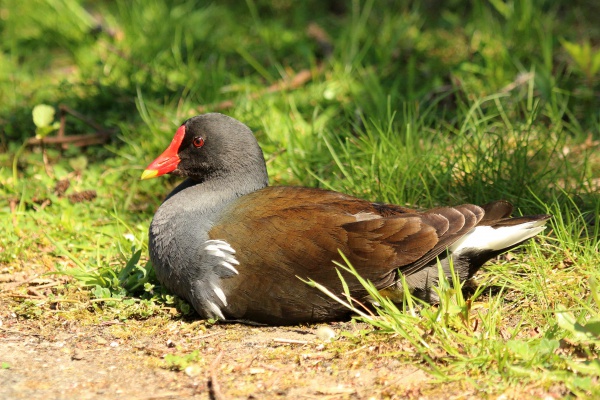
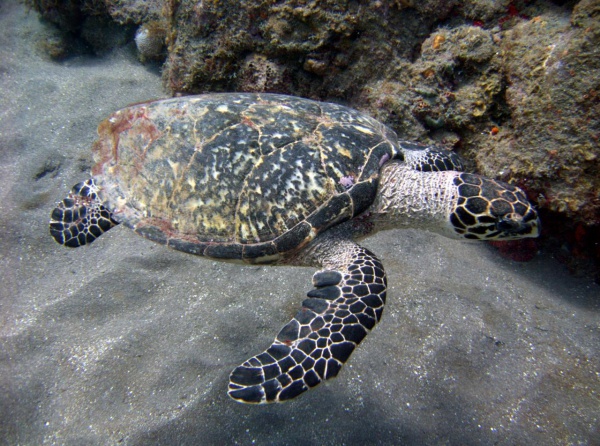
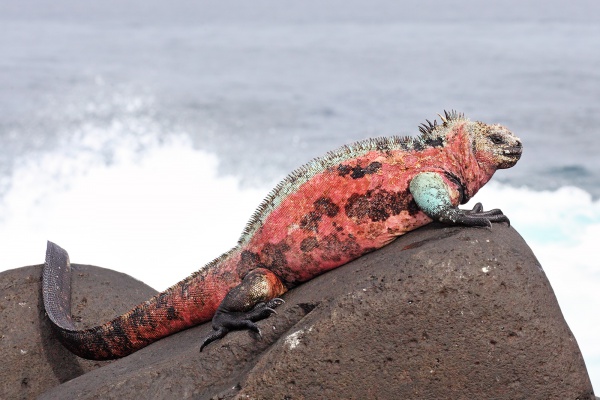
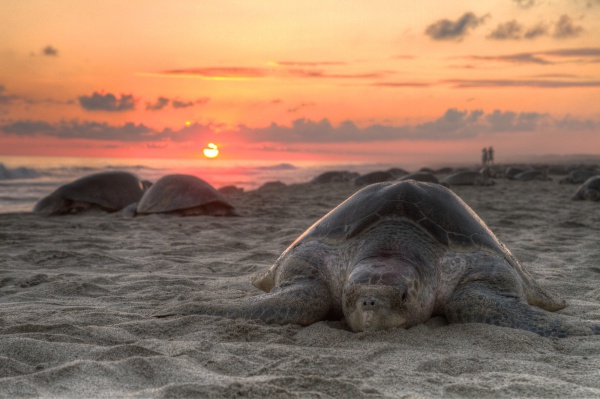
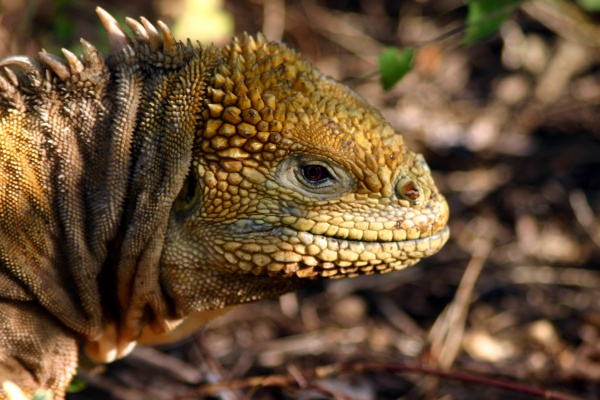
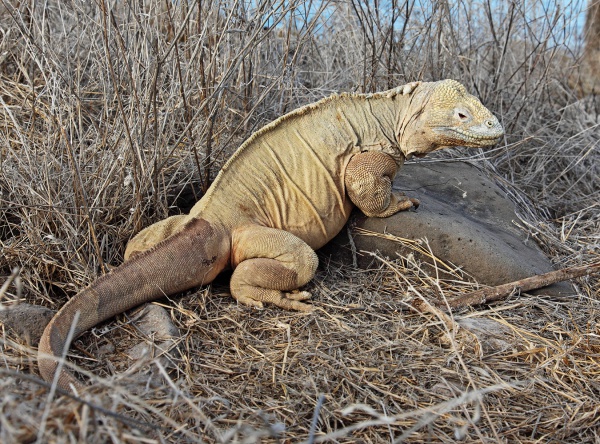
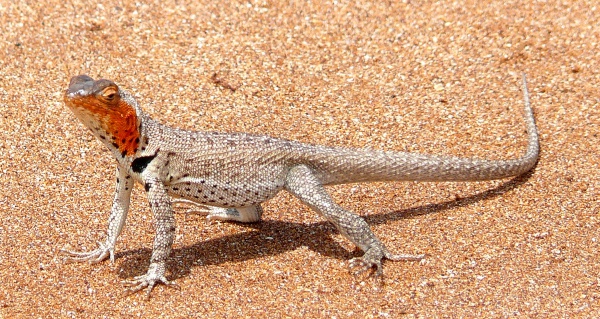
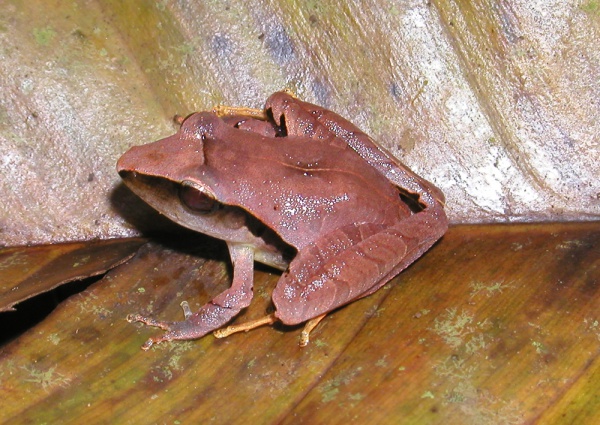
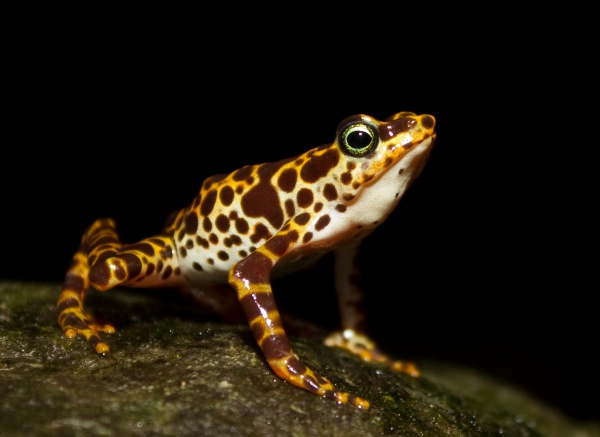
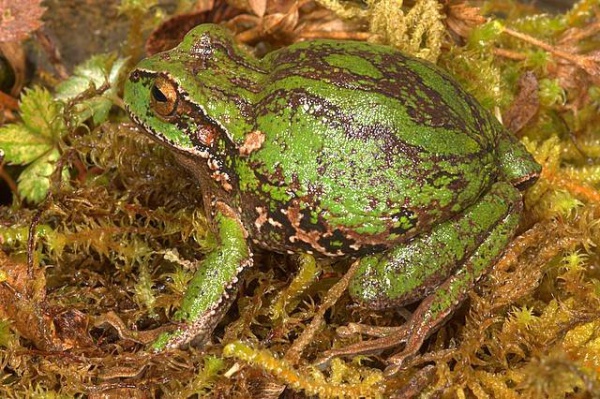
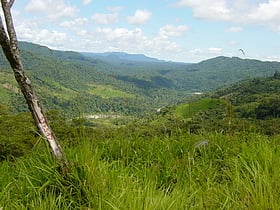


 Colombia
Colombia